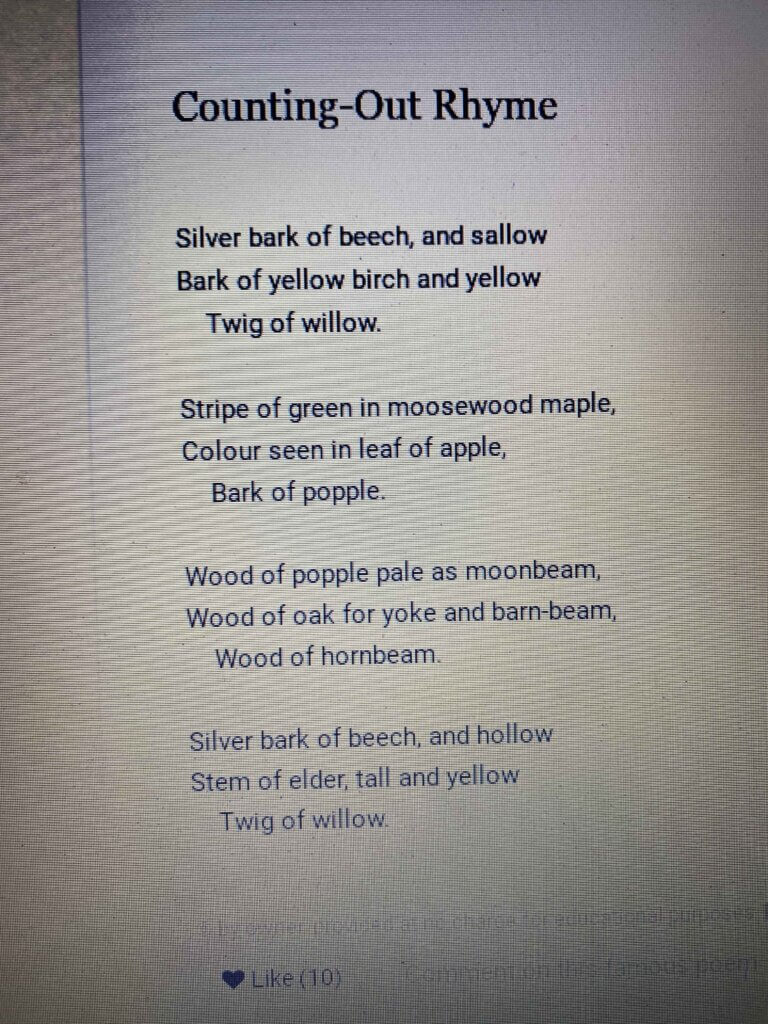How do rhythm and other kinds of sonic effects (alliteration and consonance, for example) combine to make meaning in Edna St. Vincent Millay’s “Counting-out Rhyme”?
How do rhythm and other kinds of sonic effects (alliteration and consonance, for example) combine to make meaning in Edna St. Vincent Millay’s “Counting-out Rhyme”?

Answer
How do rhythm and other kinds of sonic effects (alliteration and consonance, for example) combine to make meaning in Edna St. Vincent Millay’s “Counting-out Rhyme”?
By: Essayicons.com
In the poem, Counting-Out of Rhyme, the writer employs the use of rhythm. The sequence of alternating unstressed and stressed syllables in a line or verse creates the rhythm beat. To establish a rhythm in the poem, the author employed line breaks, repeating some phrases, for example, the repetition of the word “wood” in the third stanza and even intervals for silence. In the poem, she has employed rhythm to emphasize the importance of terms and concepts. It also establishes the poem’s tone and can elicit feelings or add significance. To make the poetry more resonating and pleasurable, the author utilizes alliteration and consonance, both of which establish recurring sound patterns. For instance, in the poem “Counting-out Rhyme,” the first stanza, “sallow and yellow,” are used to create a rhythm as both have consonance and alliterations.
Rhythm creates rhyme: the repeating of sounds at the end of a set of syllables, which frequently includes both vowels and consonants. For example, in the poem, in the second stanza, the word green rhymes with seen because of the long. “ee.” The poem “Counting-out Rhyme” uses alliteration to draw the reader’s attention. Alliterative sounds have a distinct rhythm and mood, as well as certain implications. Alliteration is a literary method in which a speech sound is repeated in a series of words that are close in proximity. Alliteration is a sonic effect used by Edna St. Vincent Millay to emphasize a syllable by using consonant sounds at the beginning of a word. This approach is important in poetry because it gives any stanza a powerful rhythm and melodic pattern. For example, in the poem “beech and birch,” the syllable “b” is alliterated. Alliteration adds to the poetry’s melodious aspect and assists the poet is telling the poem with a certain cadence, which heightens the suspense.